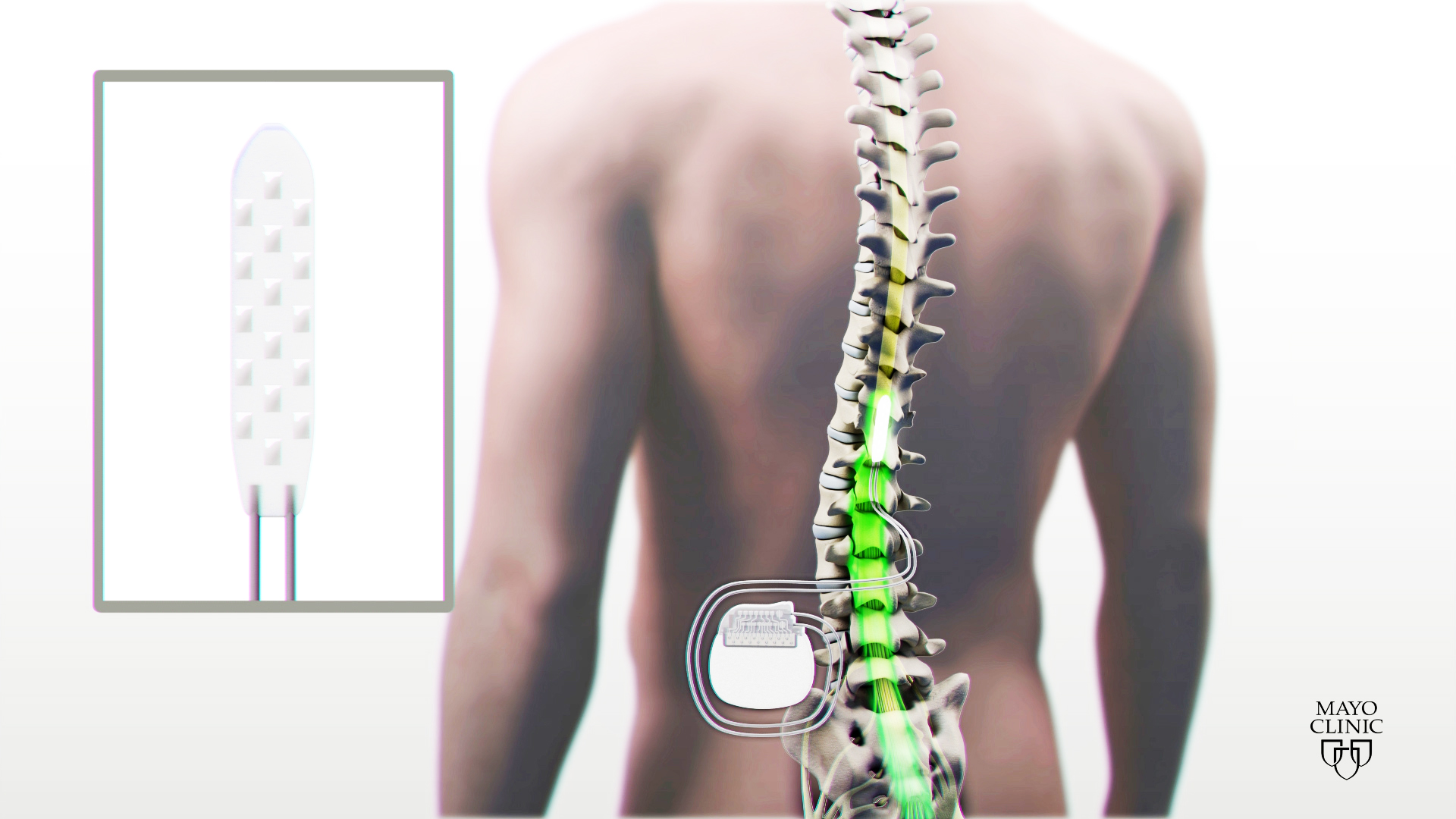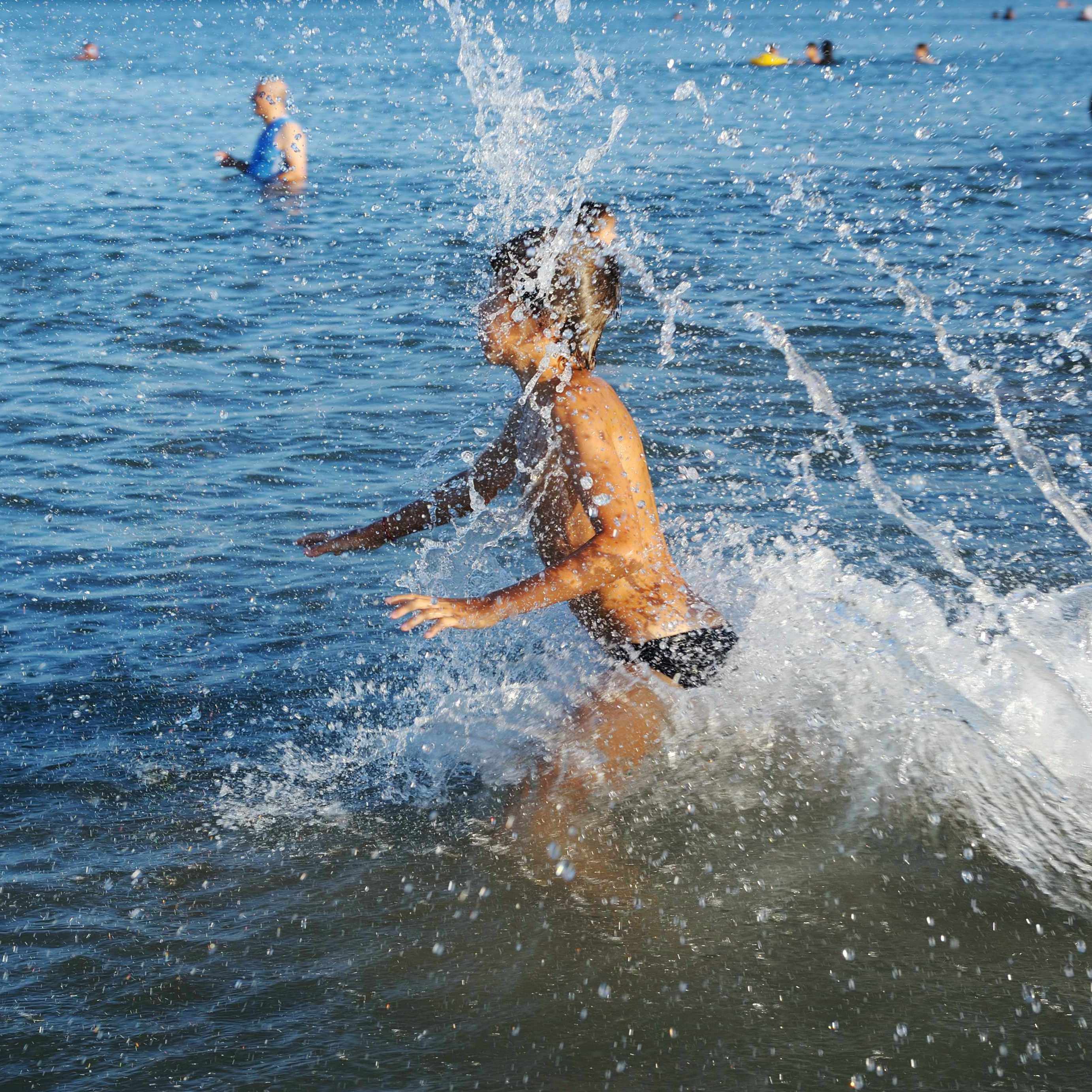-
Mayo Clinic Radio: Spinal cord stimulation research yields results
 Jered Chinnock has been paralyzed since 2013. But thanks to spinal cord stimulation and physical therapy, he is regaining his ability to stand and walk with assistance. As part of a research study, an implanted electrode is enabling neurons to receive the signal that Chinnock wants to stand or step, showing that the networks of neurons below a spinal cord injury still can function after paralysis. The results, achieved in a research collaboration between Mayo Clinic and UCLA, are reported in Nature Medicine.
Jered Chinnock has been paralyzed since 2013. But thanks to spinal cord stimulation and physical therapy, he is regaining his ability to stand and walk with assistance. As part of a research study, an implanted electrode is enabling neurons to receive the signal that Chinnock wants to stand or step, showing that the networks of neurons below a spinal cord injury still can function after paralysis. The results, achieved in a research collaboration between Mayo Clinic and UCLA, are reported in Nature Medicine.
On the next Mayo Clinic Radio program, co-principal investigators, Dr. Kendall Lee, neurosurgeon and director of Mayo Clinic's Neural Engineering Laboratories, and Dr. Kristin Zhao, director of Mayo Clinic’s Assistive and Restorative Technology Laboratory, will explain the spinal cord stimulation research from the neurosurgery and rehabilitation perspectives. Megan Gill, a Mayo Clinic physical therapist, also will join the discussion. Also on the program, Kimberly Van Rooy, director of volunteers at Mayo Clinic's campus in Rochester, Minnesota, will highlight all the jobs done by Mayo Clinic volunteers.
To hear the program, find an affiliate in your area.
Use the hashtag #MayoClinicRadio, and tweet your questions.
Mayo Clinic Radio is on iHeartRadio.
Access archived shows or subscribe to the podcast.
Mayo Clinic Radio produces a weekly one-hour radio program highlighting health and medical information from Mayo Clinic.
Related Articles







